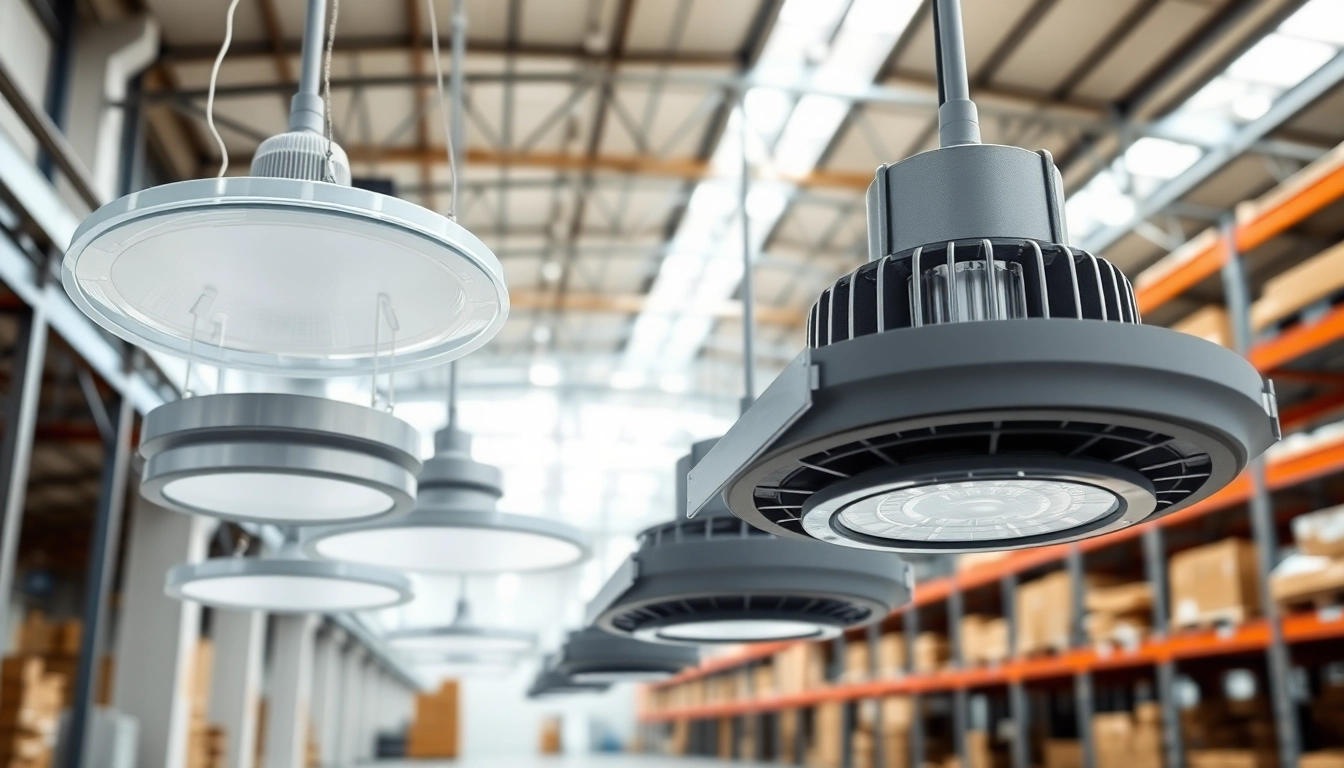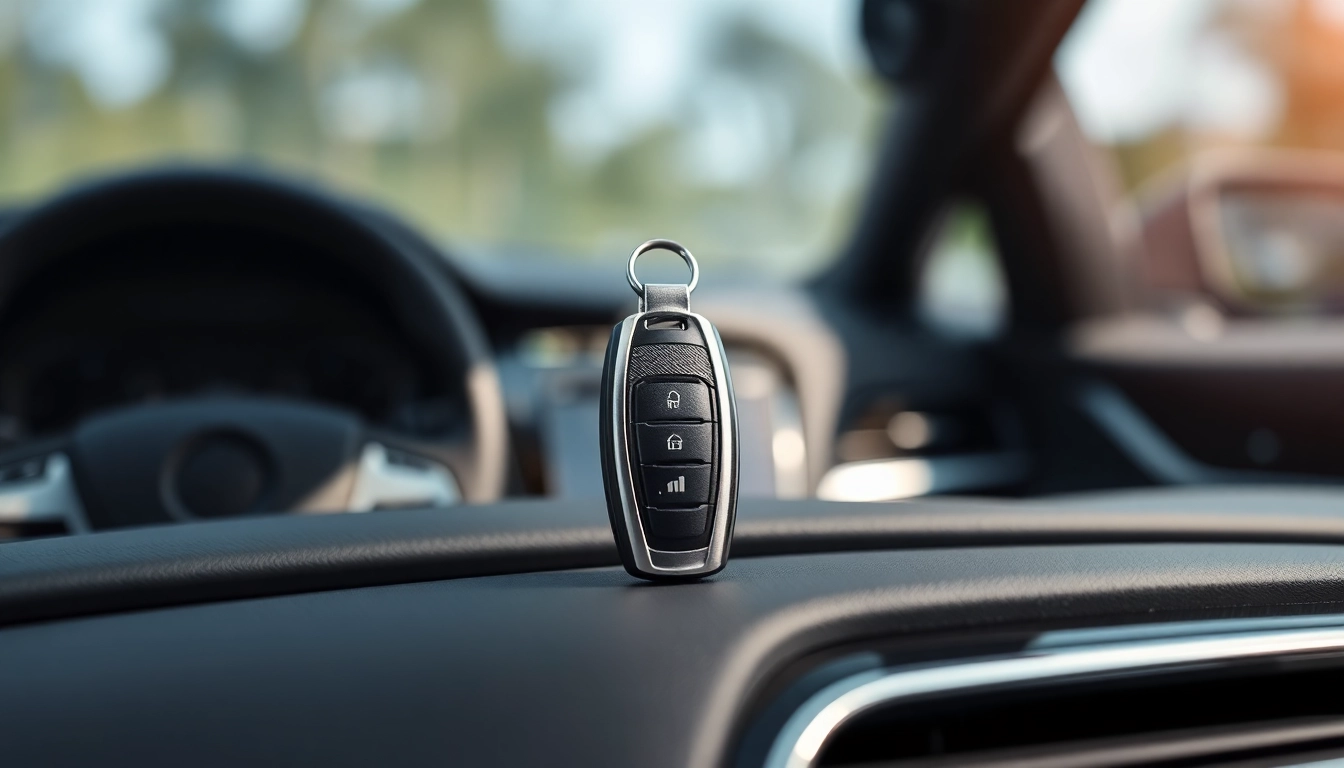
1. Introduction to Metal Drawer Systems
In the realm of cabinetry and furniture design, functionality and aesthetics must go hand in hand. One integral component that balances these two elements is the Metal Drawer System. These systems not only provide robust storage solutions but also enhance the usability and visual appeal of spaces.
1.1 What is a Metal Drawer System?
A metal drawer system consists of various components, primarily constructed from durable metal materials, designed to create functional storage within cabinets, furniture, and other installations. Unlike traditional wooden drawers, which may warp or weaken over time, metal drawer systems are engineered for longevity and strength, often featuring smooth sliding mechanisms and several design variations to suit modern furniture aesthetics.
1.2 Key Benefits of Metal Drawer Systems
The advantages of using metal drawer systems are extensive:
- Durability: Metal systems are less susceptible to damage, including warping and cracking.
- Ease of Maintenance: They require minimal upkeep, often just a simple wipe-down with a damp cloth.
- Weight Capacity: These systems typically can bear more weight than their wooden counterparts, making them ideal for storing heavy items.
- Safety Features: Many metal drawer systems come equipped with soft-close mechanisms, preventing slamming and enhancing user safety.
- Modern Appearance: The sleek design options available in metal drawer systems can complement various interior styles, from contemporary to industrial.
1.3 Popular Uses in Modern Furniture Design
Metal drawer systems are widely used across different applications, including:
- Kitchen Cabinets: To provide sleek and durable storage solutions that can handle utensils, pots, and pans.
- Bathroom Vanities: For sturdy storage of towels, toiletries, and other essentials.
- Office Furniture: To create functional workspace setups with storage for files and supplies.
- Closets: For organizing clothing and accessories with ease.
2. Features of a Quality Metal Drawer System
2.1 Construction Materials and Durability
The durability of metal drawer systems begins with the materials used in their construction. Standard materials include:
- Steel: Known for its strength and resilience, steel is often finished with powder coating to resist rust and scratches.
- Aluminum: Lightweight yet sturdy, aluminum offers resistance to corrosion and is ideal for various environments.
Certain systems may also feature a composite construction, incorporating plastic or wood elements for aesthetic purposes or additional functionality.
2.2 Design Options and Aesthetic Appeal
Metal drawer systems come in a variety of designs, making them suitable for any décor:
- Finish Choices: Users can choose from a range of finishes including matte, gloss, or textured surfaces to match their furniture style.
- Customization: Many manufacturers offer customizable dimensions and configurations to meet specific storage needs.
- Color Options: Systems are available in various colors to fit alongside different designs, from minimalist to bold.
2.3 Mechanisms and Functional Performance
Modern metal drawer systems utilize advanced mechanisms to enhance functionality:
- Ball Bearing Slides: These allow for smooth opening and closing of drawers, handling heavier loads without compromising functionality.
- Soft-Close Mechanisms: This feature prevents drawers from slamming shut, reducing noise and potential injury.
- Full Extension Slides: They ensure that the entire drawer can be accessed, maximizing storage utility.
3. Choosing the Right Metal Drawer System for Your Needs
3.1 Top Considerations for Selection
Selecting the ideal metal drawer system involves careful consideration of the following factors:
- Size and Capacity: Ensure the drawer can accommodate intended items and fit within your space.
- Weight Load: Choose a system that can handle the expected load, especially for heavier objects.
- Installation Type: Opt for a system that best suits your installation capabilities, whether ready-to-assemble or pre-assembled.
3.2 Comparing Different Metal Drawer System Brands
Choosing from various brands requires analysis of product offerings and user reviews. Some well-known brands providing top-quality metal drawer systems include:
- Blum: Renowned for innovative designs that incorporate user-friendly features.
- Richelieu: Offers a wide selection of drawer systems that are efficient and durable.
- Häfele: Known for robust systems that cater to diverse furnishing needs.
Researching brand reputation, warranty offers, and customer service can substantially aid in making an informed decision.
3.3 Cost Analysis: Budgeting for Metal Drawer Systems
When budgeting for metal drawer systems, consider the following cost-related elements:
- Initial Purchase Price: Prices can vary widely based on material, brand, and features, typically ranging from $50 to $300 per unit.
- Installation Costs: If professional installation is required, factor in those costs as well.
- Long-term Value: Investing in higher-quality systems may yield lower replacement and maintenance costs, ultimately providing greater value over time.
4. Installation and Maintenance Tips for Metal Drawer Systems
4.1 Step-by-Step Installation Guide
Installing a metal drawer system involves various steps:
- Gather necessary tools (screwdriver, level, measuring tape, etc.) and components.
- Measure the space where the drawer system will be placed to ensure a proper fit.
- Attach the rails to the cabinet’s side panels according to the manufacturer’s instructions.
- Install the drawer slides onto the drawer box, ensuring they are level and securely fastened.
- Insert the drawer into the cabinet and adjust the alignment as needed.
4.2 Regular Maintenance Practices for Longevity
To ensure a prolonged lifespan of metal drawer systems, adopt these maintenance practices:
- Regular Cleaning: Keep the surface clean by wiping it down frequently to prevent dust and grime build-up.
- Check Mechanisms: Periodically inspect sliding mechanisms for wear and lubrication needs.
- Tighten Hardware: Ensure that screws and brackets are tight to maintain structural integrity.
4.3 Troubleshooting Common Issues
Users may encounter common issues such as:
- Drawer Not Opening Smoothly: This could result from misalignment; check to ensure the slides are properly installed and aligned.
- Noisy Operation: Lubrication of the slides may be necessary if the drawer produces squeaking or grinding noises.
- Drawers Hanging Up: If drawers get stuck during operation, ensure that there are no obstructions, and check for level installation.
5. Future Trends in Metal Drawer Systems
5.1 Innovations in Design and Technology
The metal drawer systems industry is continually evolving with innovations such as:
- Smart Drawer Systems: Integrating sensors and app controls for real-time inventory management.
- Modular Designs: Allowing for customized configurations that adapt to changing storage needs.
- Enhanced User Interfaces: Creating intuitive ways to access stored items efficiently.
5.2 Sustainability and Eco-Friendly Options
The push for sustainability in furniture design has led to the emergence of eco-friendly metal drawer systems. Key trends include:
- Recycled Materials: Manufacturers are increasingly utilizing recycled metals, reducing the environmental impact.
- Eco-Friendly Finishes: Non-toxic and sustainable finishes that are safe for indoor environments.
5.3 The Shift Towards Custom Solutions
As consumer needs become more specialized, there’s a growing trend towards bespoke metal drawer systems that cater specifically to individual requirements. Custom solutions enhance usability and aesthetic value, allowing for truly tailored design implementations within cabinetry.






